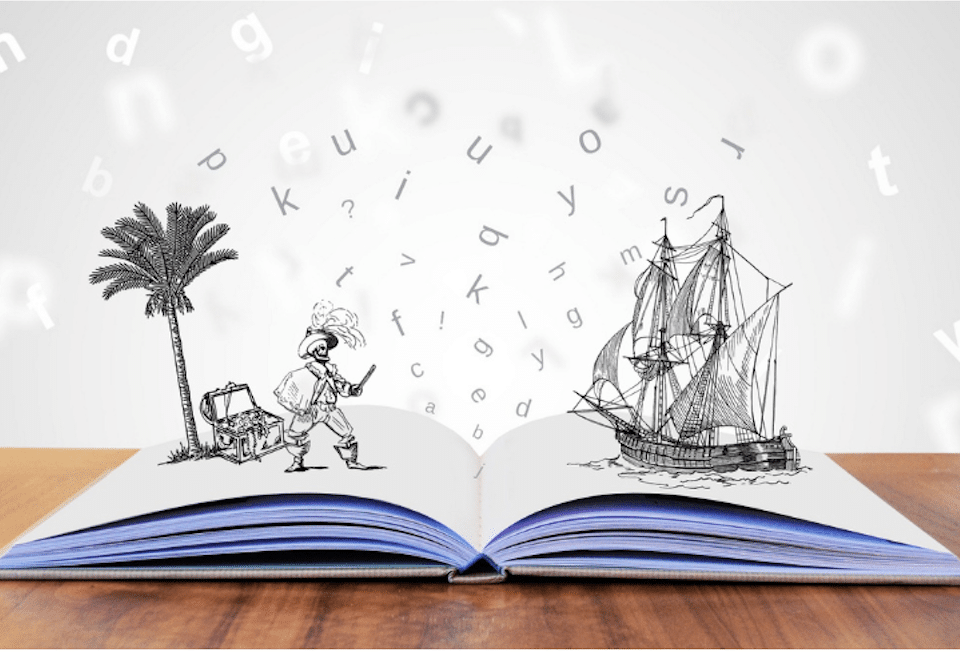
Emotional awareness and managing uncertainty
28 November 2022
The 8 facial expression styles
11 April 2023Although emotions have evolved to help us, there are times when our emotional responses are no longer functional for a variety of reasons. The triggers of unwanted emotions can range from a minor annoyance to, in some cases, leading us to behaviour we may regret.
Rather than switching off emotions completely, most of us would like to be able to switch off our emotional reactions and selectively manage specific stimuli. It is true, however, that the way our brains and bodies are wired make it difficult, if not impossible, to unlearn the connections we have formed between specific triggers and emotional responses.
Six different factors can determine success in reducing the heat, salience and potency of a triggering emotion, as well as the length of the refractory period (the period when we are only able to use the information that supports the emotion we are feeling).
The 6 factors that determine how well we can “cool down” our emotions:
-
- The first factor is closeness to the evolutionary theme. Emotions have both universal themes and individual learned variations. The closer the learned trigger is to the unlearned theme, the more difficult it will be to diminish its power. An example is someone who experiences road rage. Although getting angry at cars cutting us off is not a universal theme (not everyone gets angry at bad driving and cars have only become a staple of human life relatively recently), being hindered in the pursuit of a goal is a universal theme for anger
.
-
- A second issue to consider is how much the present case resembles the original situation in which the trigger was first learnt. For example, consider a boy who was teased by his father, a strong, dominant man. Teasing by a woman, a peer or a subordinate is not as close as teasing by a man who has some authority over him. Therefore, it should be easier for the boy to mitigate the triggering emotion when he is teased by someone who is not a male authority figure.
A third issue concerns the fact that the boy’s authority figure is not a male authority figure.
-
- A third issue concerns when in a person’s life the trigger was learned.Presumably, the earlier it was learned, the more difficult it will be to weaken it. In part, this is because the ability to control emotional reactions to is not so well developed in the first years of life. Therefore, all things being equal, there will be a stronger emotional reaction associated with triggers learned early in life than with those learned in adulthood. This is also due to the possibility (suggested by some developmental psychologists and all psychoanalysts, and now supported by growing evidence from studies of the brain and emotions) that early childhood is fundamental to the formation of personality and emotional life. What is learnt in that period is stronger and more resistant to change, and triggers learnt in such a critical period can produce a longer refractory period.
The emotional charge of the child is a very important one.
-
- The initial emotional charge is the fourth key influencing factor. The stronger the emotions felt when the trigger was first learned, the more difficult it will be to weaken its impact. Consider the example of teasing mentioned above. If the teasing episode had been mild or moderate, rather than strong, if the feelings of humiliation, worthlessness and resentment at the loss of power had been mild rather than strong, it would have been easier to cool the trigger.
The fifth contributing factor is the impact of the trigger.
-
- The fifth factor contributing to the strength and indelibility of a particular trigger is the density of the experience. In this case, density refers to repeated episodes of highly emotionally charged experiences that occur over a short period of time and actually overwhelm the person’s ability to cope with them. When there is a very strong and dense initial emotional charge, I would expect the refractory period and subsequent reaction to that trigger to be long, making it difficult for people to realise in the first second or two that they are responding inappropriately.
- The sixth factor is the emotional charge.
- The sixth factor is the affective style. Each of us differs in the speed and strength of our emotional responses and the time it takes to recover from an emotional episode. Individuals who generally have quicker and stronger emotional responses will have a much harder time cooling down from a heated emotion.
The emotional response will be faster and stronger.
FREELY TRANSLATED BY PAUL EKMAN GROUP
Original link: https://www.paulekman.com/blog/managing-emotional-triggers/



